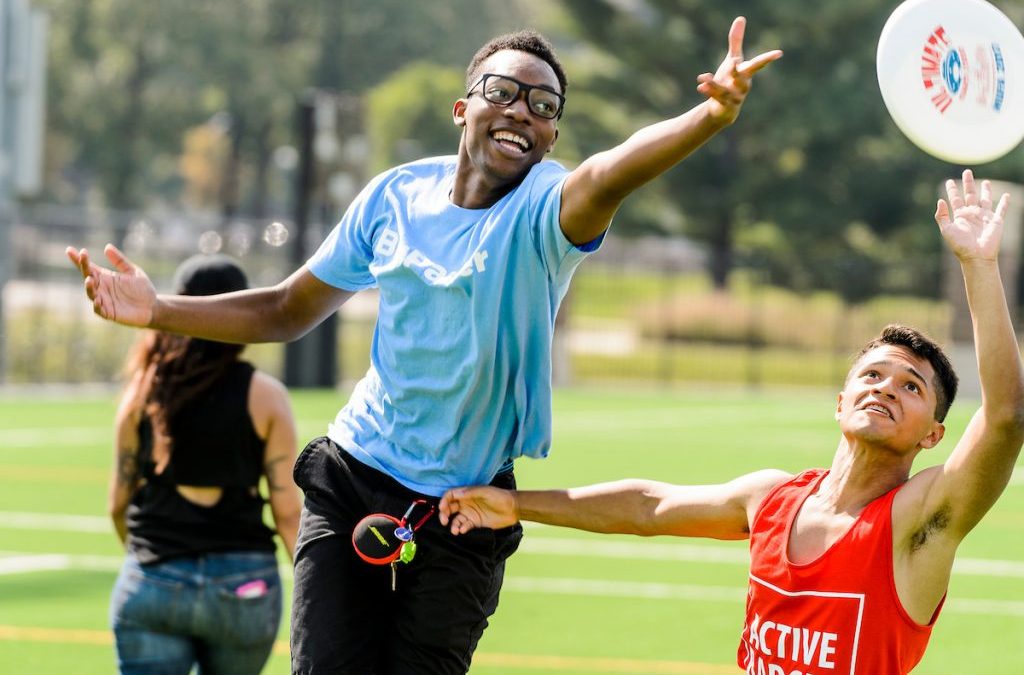As May is coming to a close and a lot of us are beginning to spend more time outside, it’s imperative to take one more look at eye safety – May is Sports Eye Safety month after all.
Why the focus on eyes? Aren’t sports supposed to be fun and good for your health?
Yes, sports are generally great for your health, but they can also bring about lots of injuries! More than 600,000 eye injuries related to sports occur each year, and approximately one-third of these injuries occur in children. Eye injuries, coincidentally, are the leading cause of blindness in children, and most eye injuries among kids aged 11-14 occur while playing sports.
What kind of injuries are we talking about?
Sports eye injuries can range from abrasions of the cornea and bruises of the lid to internal eye injuries, such as retinal detachments and internal bleeding. Nearly 43 percent of sports-related eye injuries involve children under the age of 15.5 and boys between the ages of 11 and 15 are up to five times more likely to sustain eye injuries requiring hospital treatment than girls of the same age. Every 13 minutes an emergency room in the U.S. treats a sports-related eye injury for children and adults. It is also estimated that sports-related eye injuries in the U.S. account for more than 100,000 physician visits per year at a cost of more than $175 million . Of the 1.6 to 2.4 million Americans who sustain eye injuries each year, an estimated 40,000 will be legally blinded in the injured eye.
How can you protect your eyes?
Taking all of this data into account, it’s astonishing that the number of people who use protective eyewear (safety glasses or goggles) is extremely low. Yet, the best way to prevent a sports-related eye injury is to wear appropriate, sport-specific protective eyewear that is properly fitted. The American Academy of Pediatrics, American Academy of Ophthalmology and American Optometric Association all strongly recommend protective eyewear for all participants in sports in which there is a risk of eye injury, whether it be tennis, golf, basketball or any other sport. Bottom line – get some eye gear and keep your eyes safe when playing sports.
Image via University of Wisconsin.

